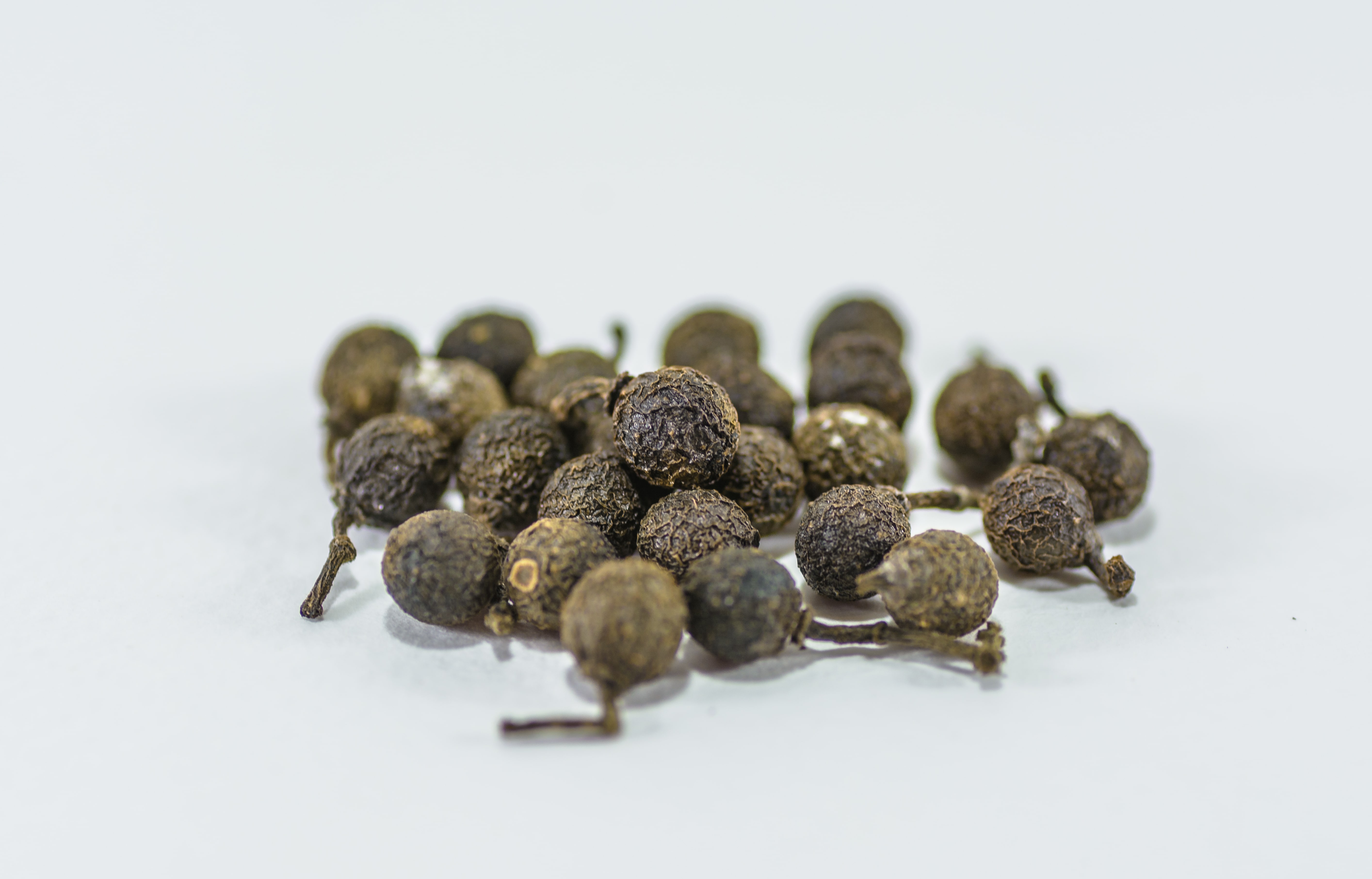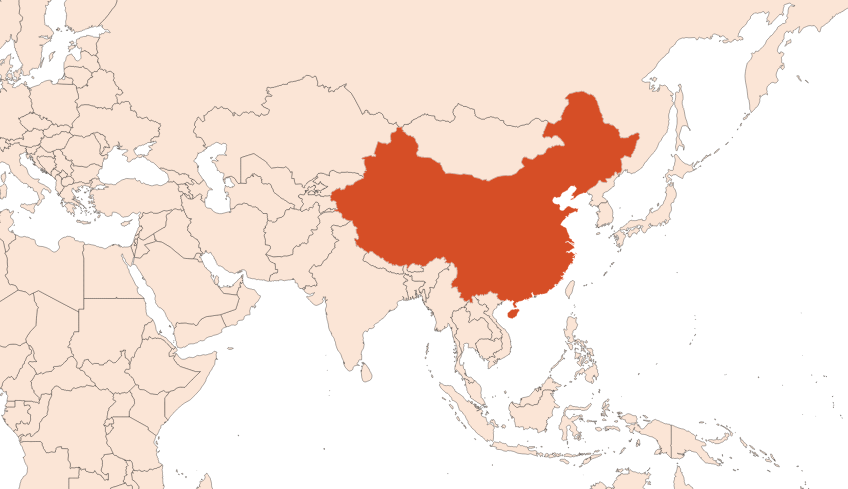
| Company | Ingredient Name | ID | Comments | Naturality | Certifications | MOQ | Latin name | Treated part | Geographical origin |
|---|---|---|---|---|---|---|---|---|---|
|
|
Huile essentielle de Litsea Cubeba (verveine exotique) - 30 gr | - |
Visit website
|
- | - | - | - | - | |
|
|
LITSEA 60%/MPG | F1765 |
Visit website
|
Absolue | - | Litsea cubeba var. Citrata | Baie | Laos | |
|
|
LITSEA CUBEBA | B572 |
Visit website
|
Huile essentielle |

|
- | Litsea cubeba Persoon | Fruit | Chine |
|
|
LITSEA CUBEBA | 570 |
Visit website
|
Huile essentielle | - | Litsea cubeba Persoon | Fruit | Chine | |
|
|
LITSEA CUBEBA | - |
Visit website
|
- | 10 grs | - | - | - |
General Presentation
-
CAS N° :
68855-99-2 -
EINECS number :
90063-59-5 -
FEMA number :
3846
-
Volatility :
Head -
Price Range :
€€
Physico chemical properties
-
Appearance :
Colorless liquid -
Density :
0,880 - 0,892 @20°C -
Refractive Index @20°C :
1,480 - 1,490 @20°C -
Optical rotation :
+3° // +12° -
Vapor pressure :
Data not available. -
Flash Point :
Data not available. -
Acid Value :
Botanical informations
Botanical name :
Litsea cubeba (Lour.) Pers.
Synonyms : Laurus cubeba Lour. // Actinodaphne citrata (Blume) Hayata
Botanical profile :
Litsea cubeba is a tree of the Lauraceae family and the genus Litsea Lam.
Chemotypes :
There are close to 500 species of the genus Litsea Lam. In perfumery, we only use two of them :
Litsea cubeba (Lour.) Pers. : Litsea Cubeba oil. The most used in the market.
Litsea citriodora (Siebold & Zucc.) Hatus. Native to Japon, ery low volume but insane smell.
Extractions & Uses
Extraction process :
The fruits of the Litsea cubeba tree have an olfactory interest for their strong citral composition.
The culture of Litsea cubeba is made at relatively high altitudes (beyond 1600 meters). The altitude has an influence on the composition of the essential oil and is the source of different chemotypes.
The fruits of the tree are picked by hand, crushed and dried before the hydrodistillation. Steam distillation is done on dried fruits, under pressure, in a distillation tank. At the end of the process, the essential oil is collected in a florentine vase by decantation of the water.
The extraction yield of Litsea cubeba varies from 3 to 8 ‰ depending on the variety and the place of cultivation.
Uses in perfumery :
Used in citral and zesty notes, to boost the head in citrus and fougere perfumes. Allows to bring power and head to fresh and zesty accords.
Stability :
Ctitral can form diethylacetals in stability tests, without modifying the raw material’s smell
The terpenes identified in this raw material can polymerize when they are oxidized
Major Components :
- Citral (38 - 45%)
- Neral (25 - 33%)
- D-Limonene (9 - 15%)
- Citronellol (0,5 - 1,5%)
- Eucalyptol (≈ 1%)
- Geraniol (0,5 - 1,5%)
- Linalool (1 -3%)
- 2-Méthyl-2-heptenone-6-one (1,8 - 3%)
- Alpha-pinene (< 1,5%)
- Citronellal (< 1,5%)
- Beta-caryophyllene (≈ 1%)

Photo credits: ScenTree SAS
Regulations & IFRA
Allergens :
This ingredient does not contain any allergen.
IFRA 51th :
This ingredient is restricted by the 51th amendment
Annexe I :
Some regulated synthetic ingredients are found in nature and in certain proportions in natural ingredients. This presence in nature has to be taken into account when calculating limits of use recommended by the IFRA. In case you do not know these concentrations, you can use the ones estimated by the IFRA. Here they are :
| List of regulated compounds contained in this ingredient | ||
|---|---|---|
| Regulated ingredient name | CAS N° | Estimated Concentration |
| Citral | 5392-40-5 | 69 |
| Citronellal | 106-23-0 | 1,1 |
| dl-Citronellol | 106-22-9 | 0,15 |
| Geraniol | 106-24-1 | 1,1 |
| Longifolene | 475-20-7 | 0,2 |
| (E) 3,7-Dimethyl-3,6-octadienal (iso-Geranial) | 72203-98-6 | 1 |
| (Z) 3,7-Dimethyl-3,6-octadienal (iso-Neral) | 72203-97-5 | 0,4 |
| Safrole | 94-59-7 | 0,05 |

